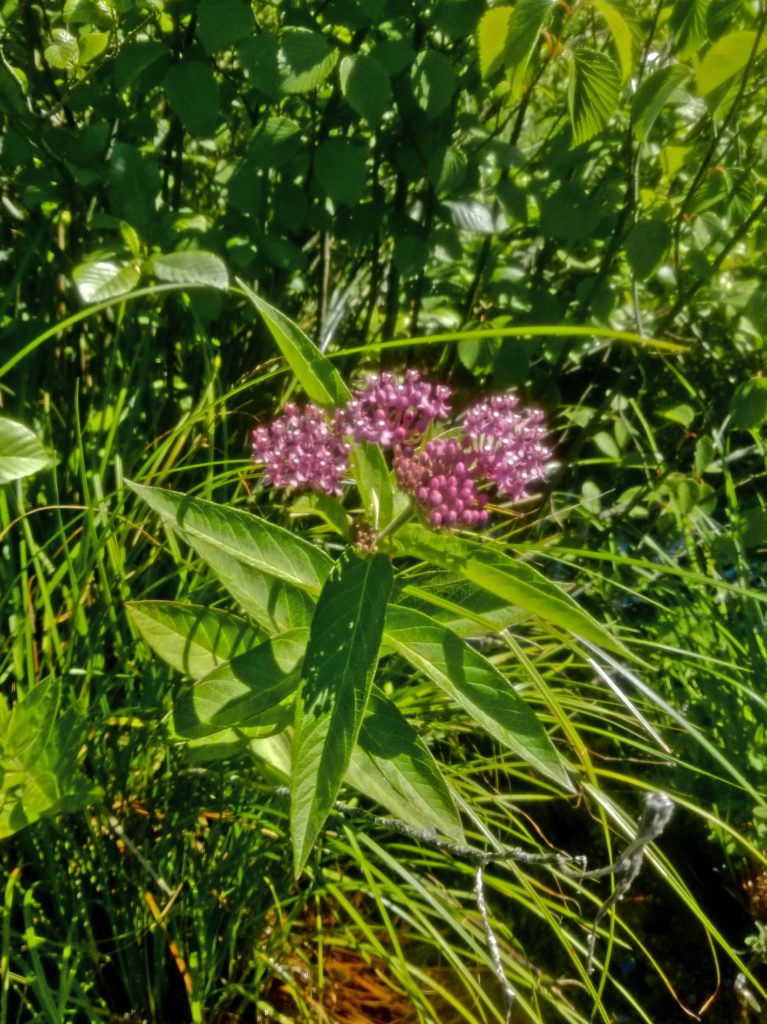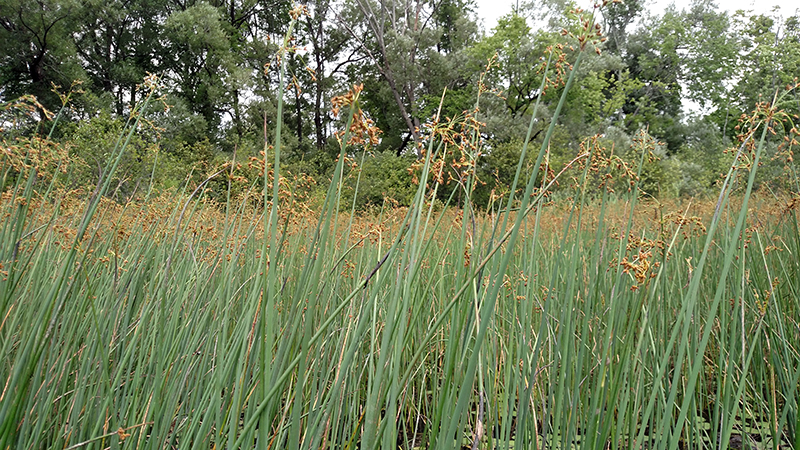The edges of lakes ponds and wetlands are often adorned with slender green plants known as rushes. These grass-like plants sway in the breeze, adding texture and natural beauty to aquatic landscapes. But rushes serve important ecological functions as well. By understanding what they are and why they thrive along shorelines, you can appreciate the role rushes play in lake ecosystems.
What Are Rushes?
Rushes are monocot flowering plants that are closely related to grasses and sedges There are over 300 species found worldwide, adapted to wet conditions Some key features that distinguish rushes
- Cylindrical, slender stems with no significant leaves
- Small, inconspicuous flowers clustered in branched terminal panicles
- Rhizomatous root structures just under the soil
- Height ranging from just a few inches to over 5 feet tall
Common rushes found near lakes and ponds in North America include soft rush, path rush, and round-fruited rush. Their brownish-green stems emerge in clumps, forming dense stands along banks and shallows.
Ecological Benefits
Rushes may seem weedy, but they provide important ecological services:
- Shoreline stabilization – Rushes prevent erosion with their dense web of roots that hold soil in place. This helps protect banks from washing away due to waves, runoff, or rising water levels.
- Water filtration – Runoff flowing through stands of shoreline rushes is filtered, trapping sediments, excess nutrients, and other pollutants before they reach the water.
- Wildlife habitat – Rushes provide cover and nesting sites for shorebirds, waterfowl and small mammals. Their seeds are a food source as well.
- Aquatic oxygenation – Rush beds help oxygenate the water, increasing dissolved oxygen levels that fish and other aquatic life rely on.
- Aesthetic appeal – The soft color and flowing shapes of rushes add natural beauty and enhance the landscape’s appearance.
So although they may seem humble, rushes significantly enhance the health and ecology of lakes and ponds. Their benefits far outweigh any perception that they are nuisance weeds.
Growth Habits and Range
Rushes are well adapted to the moist soils and fluctuating water levels common around lakes and ponds. They thrive along low banks, coves, bays, and wetlands, often intermingled with cattails, sedges, and bulrushes. While tolerant of saturated soils, most rushes will drown if totally submerged for extended periods.
Different rush species have varying habitat preferences – some for deeper water, some for drier upland areas farther from shore. This diversity helps rushes colonize a broad range of niches adjacent to lakes and ponds across North America.
Management and Balance
While beneficial, rushes can potentially grow too densely if nutrient inputs to the lake are excessive. This overgrowth can clog boat channels and impede water access. Periodic thinning or hand removal of rushes may be needed to strike a balance.
It’s also wise to minimize fertilizer use near shorelines. The nutrients can spur excessive rush growth. Maintaining natural shoreline buffers with diverse native plants helps keep rushes under control. Cutting or removing a swath of rushes along the water’s edge can create wildlife viewing points while keeping navigation channels open.
Appreciating the Beauty
Rushes often go unnoticed compared to showier flowers and vegetation. But next time you visit a lakeside or wetland, take a moment to observe the subtle charm of the rushes swaying in the wind. Notice how they contribute to the ambience and scenery. Rushes may not be glamorous plants, but their graceful forms and critical ecosystem services merit appreciation. They exemplify nature’s quiet beauty and adaptation in lakeside environments.
So welcome the rushes along your favorite waterway. Let them enhance the landscape with their uniquely understated elegance. And ponder the diverse benefits these fascinating plants provide beneath their humble veneer as valued members of the living community that thrives on the water’s edge.

Arrowhead or Duck Potato (Sagittaria latifolia)
This plant, also known as duck potato or arrowhead, grows from 1 to 4 feet tall and has big, broad leaves that look like arrowheads. It also has small white flowers. It grows in wet sites or shallow water along lake and stream margins, marshes and swamps. The plant has strong roots that allow it to survive in water levels that change a lot. It also likes high levels of phosphates and hard water. At least 15 kinds of ducks, like canvasbacks, like the underground tuber (duck potato), but the tubers are often buried too deep for the ducks to reach.

Cardinal Flower (Lobelia cardinalis)
The cardinal flower is another pretty plant that butterflies and even hummingbirds like to visit because it has nectar. This plant has many brilliant red, tubular flowers in an elongated cluster on an erect stalk. It grows 2 to 5 feet tall in wet places, like along streams, and blooms from July to October. It grows in damp sites, especially along streams.

- A Complete Guide to Caring for Yuki Cherry Blossom Shrub - January 23, 2025
- Identifying Red Hot Poker Seeds: What to Look For When Harvesting Torch Lily Pods - January 23, 2025
- A Complete Guide to Harvesting Evening Primrose Seeds - January 23, 2025
